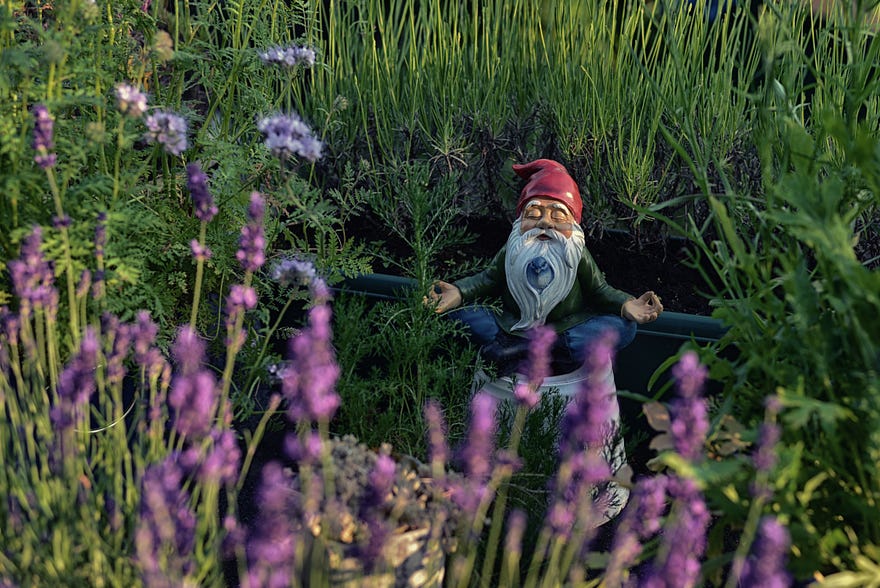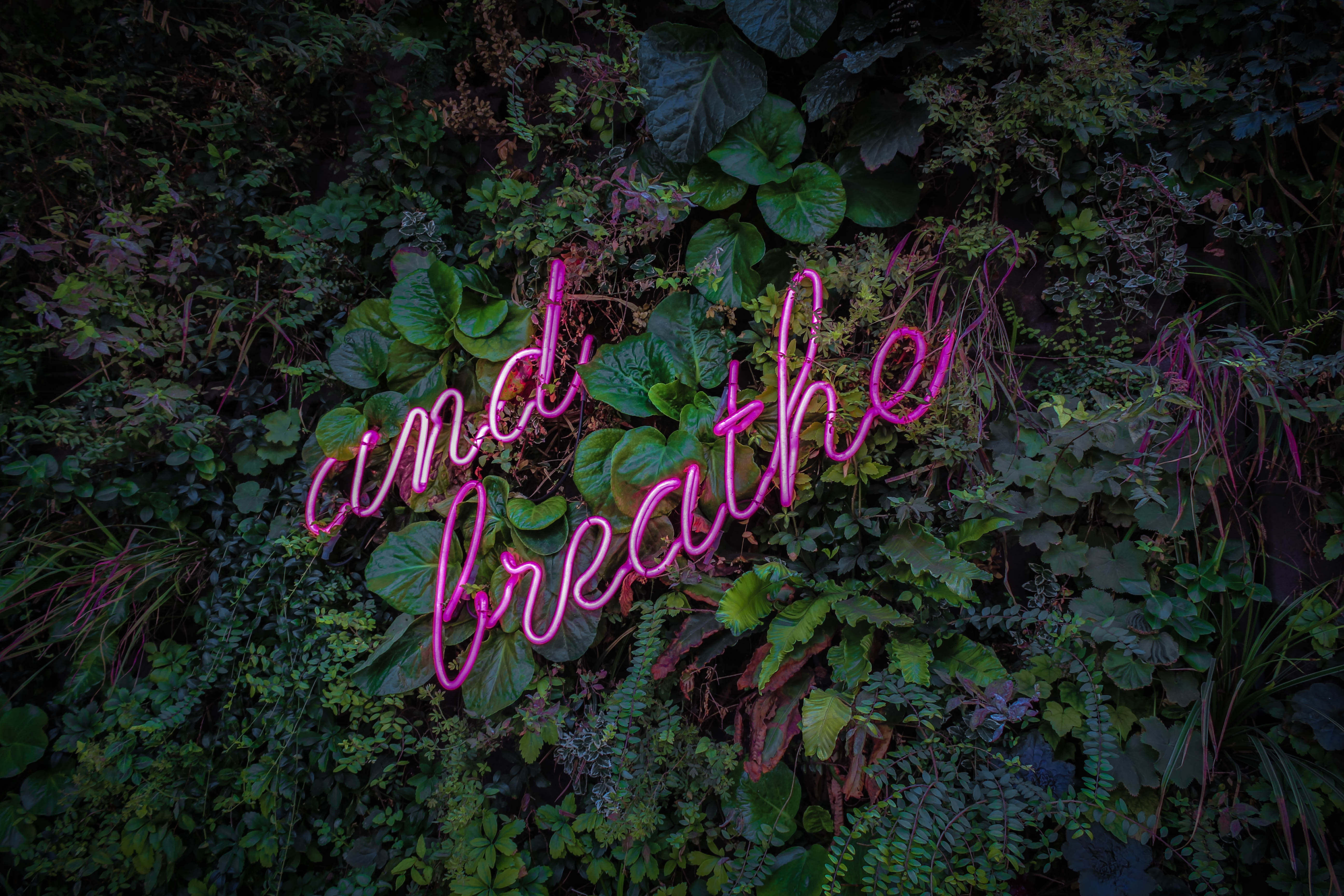
Was it worth it?
Actually, I’ve been meditating for over a year; more like fifteen months. So, let’s say around 450 days. But let’s subtract the days when I was traveling and meditation either couldn’t or just didn’t happen, along with a few weekend days here and there when I chose to sleep in instead. So, figure sixty days less, for a subtotal of 390.
Then there was that bout of pneumonia last spring when I couldn’t drag myself out of bed, although I certainly paid a lot of attention to my breath (or lack of same). Deduct another ten days to be on the safe side.
So, 380 days in which I spent an average of 20 minutes each morning meditating. That amounts to roughly 7600 minutes or about 127 hours.
That equates to a little over three standard work weeks. It’s not like I could have aggregated those minutes and, say, spent them on a beach somewhere. But it’s a lot of time invested.
What else could I have done with that time?
I could have spent those nearly 400 twenty-minute sessions practicing piano or violin. By now I’d be able to plink or saw out a few passable tunes.
My grasp of Spanish has hovered somewhere between rudimentary and elementary for decades. In twenty minutes of daily study, I might have improved enough so that my Hispanic neighbors wouldn’t regard me with polite bafflement when I attempt conversation in their native tongue.
I could have exercised. Or knitted. Buffed and sweater-swathed, I could have taken up any number of other productive pursuits. Painting, philately, scrimshaw. I’d have something to show for my 127 hours.
Instead, I’ve spent that time every morning just sitting there.
Here’s why I’m still doing it.
For one thing, I no longer own a piano. I haven’t played violin since I was a sixth-grader in the school orchestra. I would love to speak fluent or even passable Spanish, but I’ve had abundant opportunities to take classes and I have Duolingo on my phone, yet I continue to do neither.
In theory, I would like to play a musical instrument or converse intelligently in a language other than English. Based on my history, however, I have to conclude it just isn’t that important to me.
I already exercise every day, so check that box. As for knitting or other crafts, I have little aptitude and even less enthusiasm for what my actual productions would look like until I developed mastery.
I did give knitting a go at one point a few years before I started meditating. I thought it might be a calming activity at a time when I was going through a crisis. Rather than soothing me, knitting became a handy focus for my frustration and rage. It may have been cathartic as I ripped out my wandering stitches while swearing like a longshoreman, but it didn’t make me much fun to be around.
And therein lies the reason that I keep up with the daily-just-sitting-there. There isn’t a product or skill or achievement I can point to for those hours, all 127 and counting. But gradually, very gradually, I have registered that I’ve made some changes.
The changes are subtle. They don’t excite comment from my near and dear ones. No, “Wow, suddenly you’re so Zen! What gives?” or anything like that.
But people who haven’t known me for longer than the time I’ve been meditating? They think of me as someone calm and unflappable, responsive yet unreactive to the slings and arrows of daily circumstance.
Trust me on this: fifteen months ago, I’d bet the rent that nobody I know would describe me as unflappable.
It’s not like the world has smoothed itself out to suit my needs. You don’t need me to point out to you how chaotic and crazy-making our national and international states of affairs are, or what global threats loom over us at every moment.
I am very aware of all of that, yet it no longer knocks me off-center, at least not quite as easily as it once did. Nor do the dark areas and roadblocks in my personal life: the loved ones with progressive and incurable diseases, the elusive professional goals that seem to approach and retreat with the capriciousness of a mirage.
Meditation, it turns out, is not what you think.
If you have a regular meditation practice, you already know this. For a 21st century human on Planet Earth, it is a deep relief to take a break from thinking. Even if you only manage it for a few moments during a session, getting past the chatter in your skill and connecting with your native state of pure awareness is a tonic for mind, body, and spirit.
In mindfulness meditation, the idea isn’t to suppress your thoughts or somehow blast them into nonexistence, but to become a detached yet interested observer of your thoughts.
That doesn’t sound like much of a payoff for all that time. And it’s far from one hundred percent; there are still plenty of occasions when I regress into reactivity and get all hot and bothered by stuff that won’t matter in three days, let alone three years.
But the quality of my interior experience is undergoing a transformation. It’s both quieter and livelier. I may not ricochet between highs and lows as I once did, but I sense a growing and increasingly dependable state of, well, joy.
And I wouldn’t trade that for all the hand-knitted potholders in the whole wide world.

I’d say definitely worth it – it’s great you found a way to quieter and calmer thoughts! I think some of these other activities would also work for different people. I know I have always felt calmer after banging out a song on the piano!
Good for you, Jan! I can’t tell you the number of times I have started then abandoned meditation, even though it feels good and it benefits me. Maybe it’s time to give it one more try.